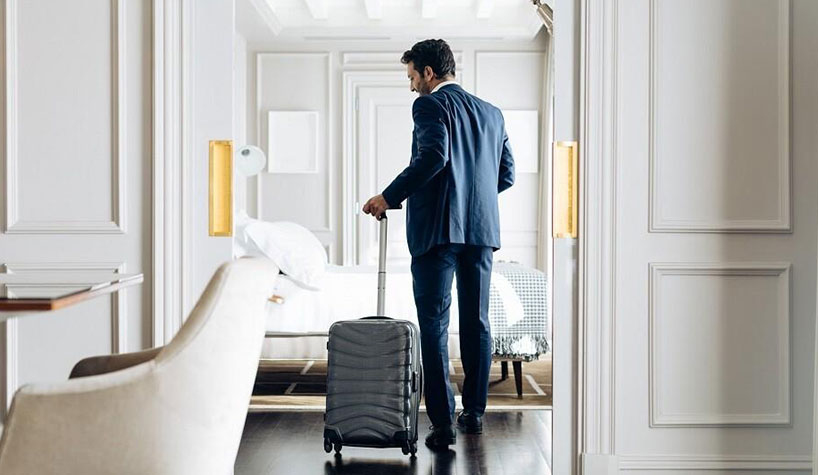PROVIDENCE, RI—Hotel Asset Value Enhancement (hotelAVE) released a study that estimated that it will take the hotel industry in the United States approximately five years to achieve pre-COVID-19 occupancies, revenues and profitability. In addition, the “hotelAVE COVID-19 Hotel Outlook” predicts that the pace of the five-year recovery from the pandemic will be extended after an immediate mini-spike beginning in May or June, as the impact on the travel and hotel industry is both devastating and unprecedented.
In 2019, the hotel industry in the United States was healthy and profitable, but it had begun to decelerate prior to the outbreak of COVID-19, a main reason the recovery following the abatement of the virus will prolong over the subsequent five-year period. Based on history, average rate discounting will be the primary drag on the recovery, according to hotelAVE: It is typical that the industry discounts rates to “induce” leisure travel after a downturn. Corporations are eligible to book these lower rates in lieu of higher corporate negotiated rates, and hotels will be offering concessions to groups especially because national group demand was pacing below the three-year average for 2021-2023.
“Pricing power is gone for a while until occupancies rebuild,” said Michelle Russo, CEO of hotelAVE. “The industry’s pre-COVID-19 challenges of above-average new supply and impact of shadow supply (Airbnb and others) are new obstacles the industry did not face in prior downturns.”
The study analyzed the historical data of past events related to the industry’s recovery after a crisis or health event, including the period following the September 11th attacks, the 2008 financial crisis, the Zika outbreak in Miami and the SARS outbreak in Toronto, in order to develop its coronavirus recovery estimates.
The study found that occupancy will recover in roughly two years, ADR in roughly four years, and RevPAR and GOPPAR will take five years before they reach pre-coronavirus levels.
In 2020, due to the rapid escalation of the COVID-19 pandemic, hotel revenues in the United States could decrease by 25-30%. If the progression of the virus in China and Italy is any indication, hotel occupancy in the United States will decrease to approximately 25-30% in March and 10-15% in April, or worse if hotels close either by reason of governmental mandate or financial necessity. HotelAVE estimates that 15-20% of its hotels in the United States will close temporarily by the end of March because the fixed carry costs are less than the negative cash flow projected from staying open as well as health-related concerns for employees while the others are reducing services and available guestrooms to operate with a skeleton staff.
Urban locations, including Seattle, San Francisco, New York City and Boston, are experiencing the most precipitous decline in business, primarily because of the cancellation or postponement of group functions deferred until the latter half of 2020 (for now) and local government mandates to close restaurants and limit social gatherings. Leisure markets within driving distance of travelers fared far better as travelers changed their plans from international and tourism-dense locations, and a number of hotel operators are seeing new leisure bookings for the summer and fall.
“The pandemic requires that all hotels in the United States implement urgent and aggressive cost containment initiatives, including deviations from brand standards and closing food and beverage outlets, as well as instituting comprehensive cleanliness and sanitation protocols and crisis management programs,” said Russo. “Hotels in the United States must not just focus their efforts, energies and resources on getting through the pandemic but, most importantly, they must prepare for the recovery from a financial, operational and marketing standpoint.”
The hotel industry relies on the U.S. and global economies, and the recovery pace of these economies will determine how quickly and successfully the hotel industry rebounds. According to the outlook, leisure hotels, especially in markets to which travelers can drive, will rebound far more quickly than group business, which takes twice as long to recover, and those that geo-target for “stay-cation” and capture leisure business from their local community will rebound faster. Maintaining rate integrity and minimizing rate discounting will facilitate and expedite recovery, and key industries such as government, healthcare, legal, logistics will catalyze business travel.
